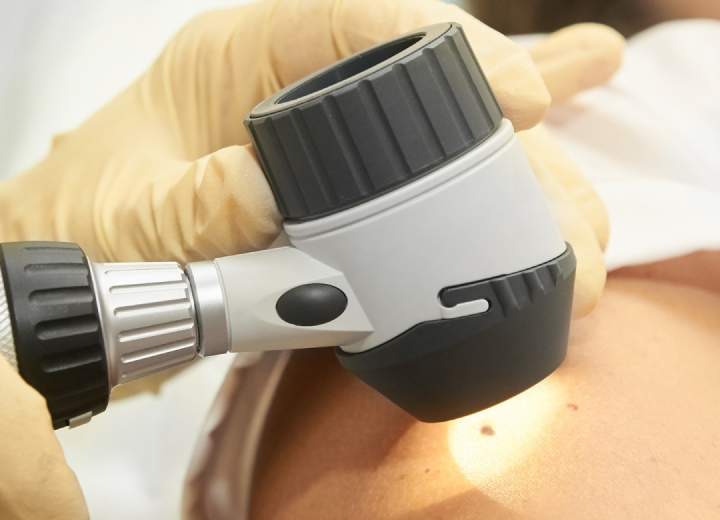Symptoms and Diagnosis
What is a Facial Lipoma?
A facial lipoma is a benign (non-cancerous) tumour composed of fatty tissue that forms just beneath the skin on your face. These soft, movable lumps are generally slow-growing and painless, making them a common and typically non-threatening condition. Facial lipomas can appear anywhere on the face, including the cheeks, forehead, jawline, and neck. While they are usually harmless, some patients opt for removal due to discomfort or cosmetic concerns.
Symptoms of Facial Lipomas
- Facial lipomas feel soft and doughy to the touch. They move easily under the skin when pressed.
- Typically, facial lipomas range from 1 to 3 centimetres in diameter but can grow larger over time.
- Most facial lipomas are painless, although some can cause discomfort or pressure if they grow large enough to affect nearby tissues or nerves.
- Due to their location, facial lipomas can be quite noticeable and may cause cosmetic concerns for many patients.
Diagnosis of Facial Lipomas
Diagnosing a facial lipoma typically involves a physical examination by a healthcare professional. During the examination, the doctor will assess the lump’s texture, mobility, and size. To confirm the diagnosis and rule out other conditions, several tests may be conducted:
- Ultrasound, MRI, or CT scans can help determine the lipoma’s exact size and depth and differentiate it from other types of growths.
- In some cases, a biopsy (removing a small tissue sample from the lump) may be performed. The sample is then examined under a microscope to confirm it is a lipoma and not a malignant tumour.
- Advanced imaging techniques may be used for a more detailed examination, especially if the lipoma is deep-seated or in a sensitive area of the face.






